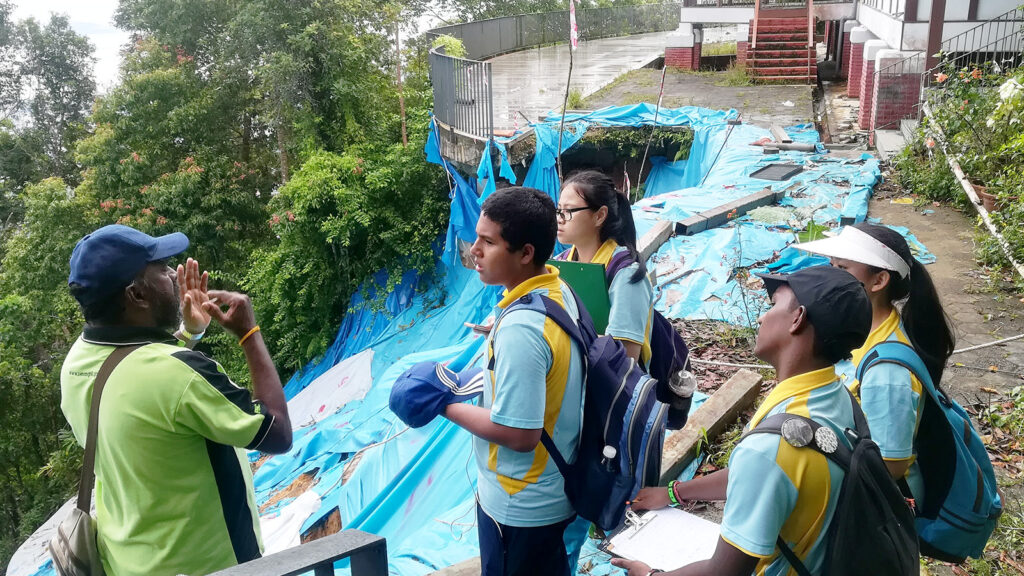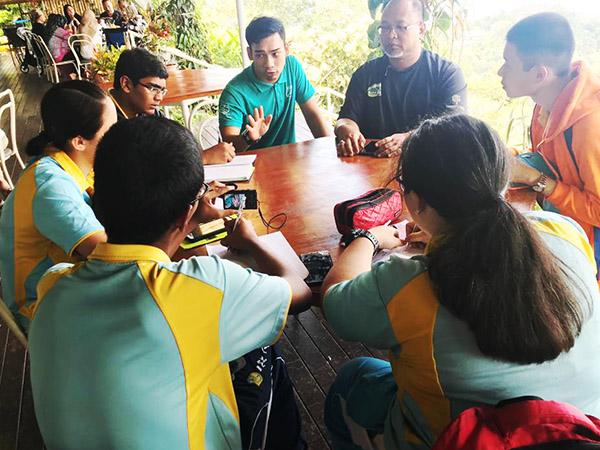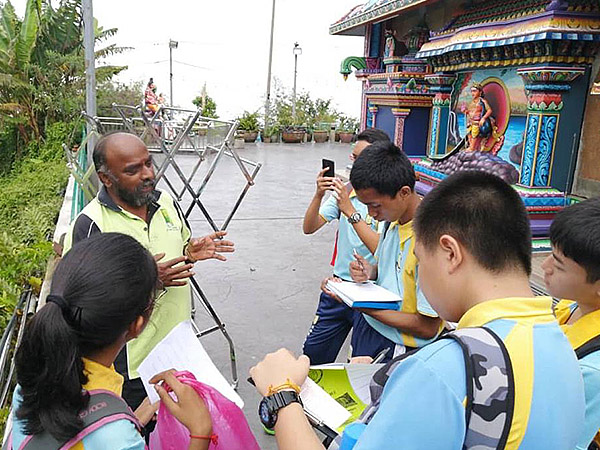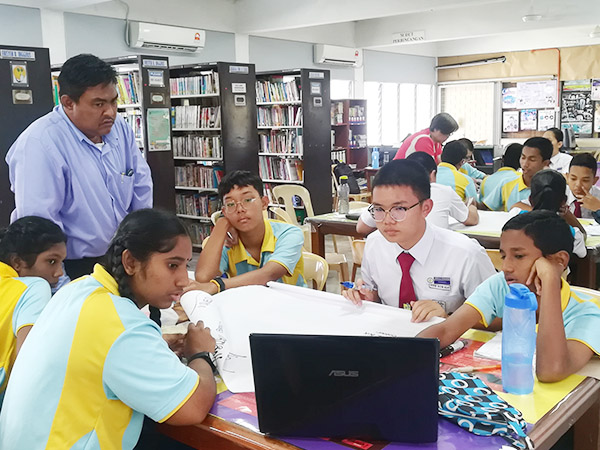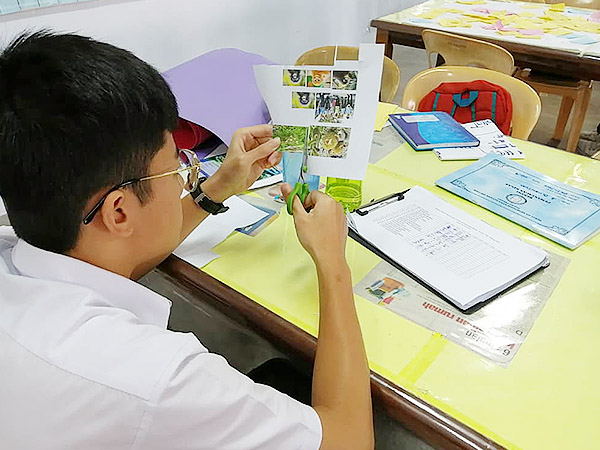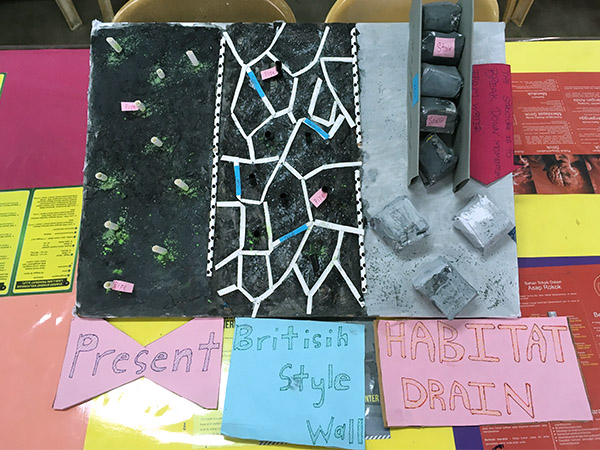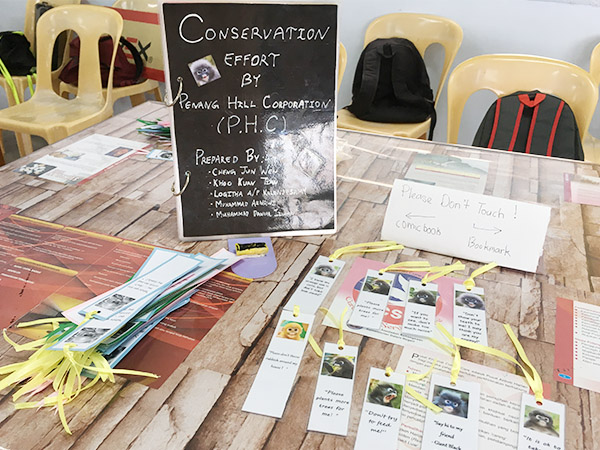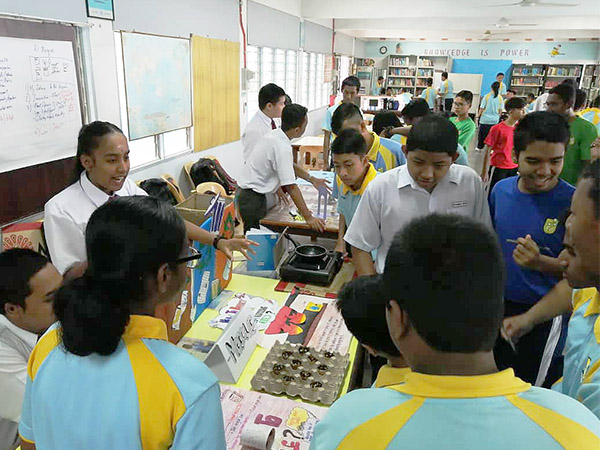My Penang Hill
How can we prevent landslides in Penang Hill and implement sustainable practices to conserve and preserve its unique ecosystem? Students explore environmental factors, engage the community in conservation efforts, and promote long-term environmental stewardship to protect Penang Hill.
Project at a Glance
Driving Questions
How can we prevent landslides on Penang Hill and conserve and preserve its unique ecosystem?
Creative Medium
Model-making, photo-collage, poster-making, video-making, skit
Community
Penang Hill
Participants
15 year olds
Human Resources
N/A
Timeframe
8–9 days
Relevant Subjects
Geography, Science, Languages

Knowledge
- Understand the history and current use of Penang Hill.
- Understand the causes of landslides.
- Understand the conservation efforts taken by the local community and other stakeholders of Penang Hill.
- Be aware of the issues related to conservation and preservation of the environment.

Skill
- Interview and interact with the community to gather stories from them.
- Communicate and collaborate during group discussion and activities.

Value
- Inculcate the harmonious relationship between man and nature.
- Appreciate and care for nature and its sustainability.
- Nurture a sense of community.
- Participants reflected on the need and importance of conservation and preservation in general.
- Particpants gave suggestions to the local community on future conservation and preservation initiatives aimed at safeguarding Penang Hill.
- Participants showcased their findings on the various functions and roles undertaken by the community and other stakeholders towards preserving or conserving the natural environment of Penang Hill through two exhibitions involving schools and members of the public. This action promoted awareness and appreciation of conservation and preservation among attendees.
Context and Citizenship
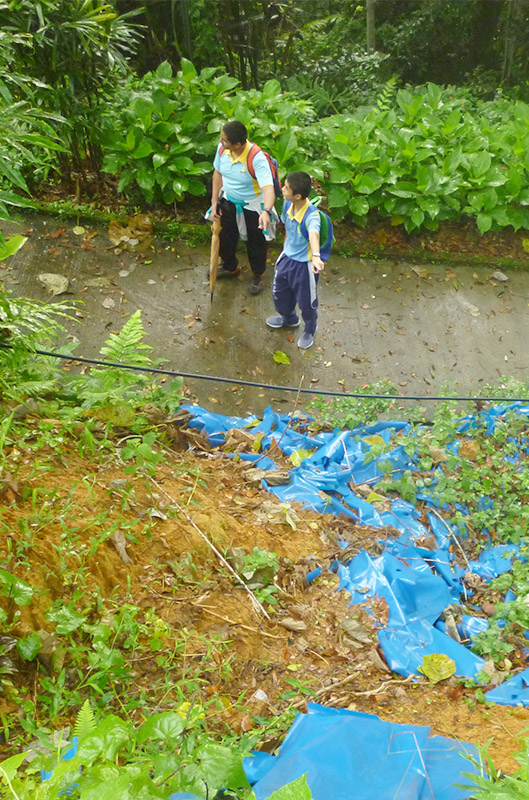
Penang Hill, rising 833 metres above sea level, comprises a range of hills and is home to a 130-year-old virgin rainforest. Historically, it was a retreat for the British to escape the hot and humid tropical weather. Recently, Penang Hill has gained UNESCO recognition as a Biosphere Reserve.
In 2017, Penang Hill faced an unprecedented challenge when a freak storm triggered over 300 landslides across its slopes. The devastating impact not only disrupted the lives of residents there but also affected the local tourism industry as the funicular train, a vital transportation link, suffered damage. Since then, smaller-scale landslides have occurred during periods of continuous heavy rain or the monsoon season.
These incidents highlighted the urgent need for conservation and preservation. Penang Hill’s ecosystem requires safeguarding against future threats. The community and other stakeholders recognise their pivotal role as stewards of this natural heritage. They actively engage in sustainable practices and advocacy efforts by promoting environmental awareness and implementing conservation initiatives. Through these actions, Penang Hill can be preserved for generations to come.
Components of Learning
Activity 1 - Introduction to Conservation and Preservation of Penang Hill
To set the context, participants recalled and learned additional facts about the 2017 freak storm that caused several landslides on Penang Hill. They then explored the importance of conservation and preservation as learned from this disaster and conducted further desk research to gather more information on conservation and preservation strategies.
Activity 2 - Exploration of Penang Hill
Activity 3 - Data Collection through Interviews
In small groups, participants interviewed various local community members, including the Rangers, caretakers, and other employees on the Hill; the manager of the hotel there; and representatives from the houses of worship atop the hill. The interviews enabled participants to gather different people’s stories related to the landslides, understanding the tangible impact of the disaster on their lives. Participants also asked them about conservation and preservation on Penang Hill, including existing initiatives and potential strategies.
Activity 4 - Data Analysis and Evaluation
Participants analysed data collected from the interviews to gain an overview of risk factors and existing conservation and preservation efforts. They mapped the locations of these preservation and conservation “hotspots” on Penang Hill. They then brainstormed and listed the elements or exhibits each group needed to prepare for the exhibition showcase.
Activity 5 - Creative Interpretation and Synthesis of Interview Findings
In their respective groups, participants prepared and produced the exhibits. Ranging from photo collage, posters, and slideshows, to 3-D models, skits, and videos, they created engaging outputs to share the stories of the Penang Hill landslides, the causes, and some ways to prevent the landslides from happening again through conservation and preservation initiatives.
Activity 6 - Internal and External Project Showcase
Participants first showcased their final project exhibits in their own school.
Then, they reflected on the strengths and weaknesses of the showcase in raising awareness of the issue and made further improvements to the exhibits.
They finally conducted a public showcase for students from other schools as well as the general public. Both the internal and external project showcase enabled participants to reinforce and share their understanding of the topic and issue.
Activity 7 - Final Reflection
As a concluding activity, participants reflected on the skills they developed and their learnings through the following questions:
- When did you apply creative thinking during the project?
- What was the most significant realisation or discovery you gained from the project?
How to Adapt

Community
Is there a site near your school that is significant and closely tied to the daily lives of your students and the local community? For example, a river or dam that is responsible for the water supply or a farm or a particular piece of land that serves as a key food source locally.

Creative Medium
What other mediums might be suitable for students to use to achieve the goal of awareness-raising? Consider the nature of the topic/issue and how best to tell the story, your students’ strengths, and also your target audience.

Topic
What are some ways to deepen the students’ learning? Consider encouraging students to reflect further on their personal connection to the topic of conservation and preservation. For example, what are some ways in which human activities affect the environment that they observe around them? How do those affect their families, their communities, and what are some actions they can take to address the issues?
This project was originally conducted in Sekolah Menengah Kebangsaan Air Itam by Cikgu Choo Poh Lean, Cikgu Ang Bin Jun, and Cikgu Mohd Shareezal bin Mohamad as part of Arts-ED’s 2018 Teacher Training Programme.

